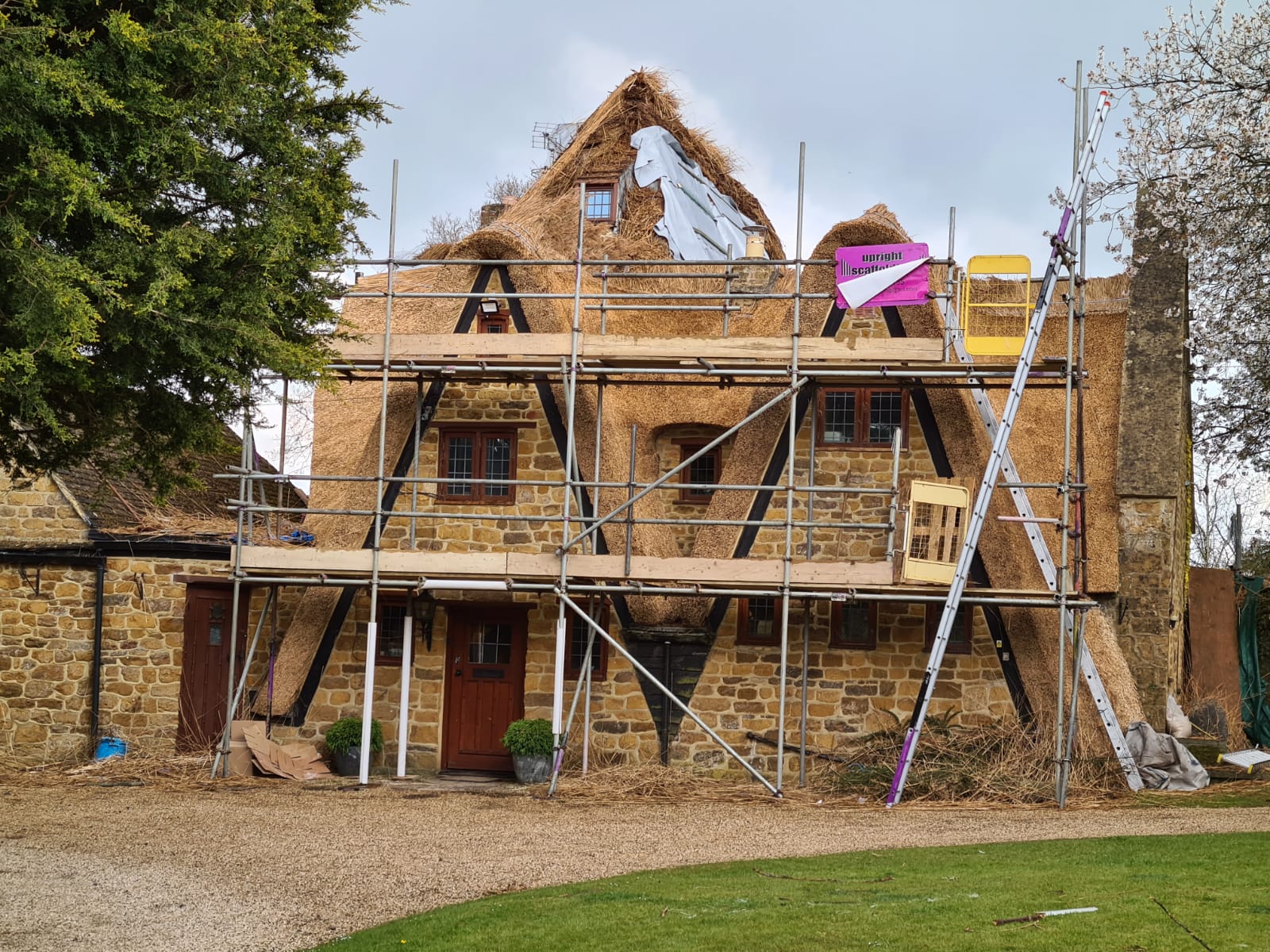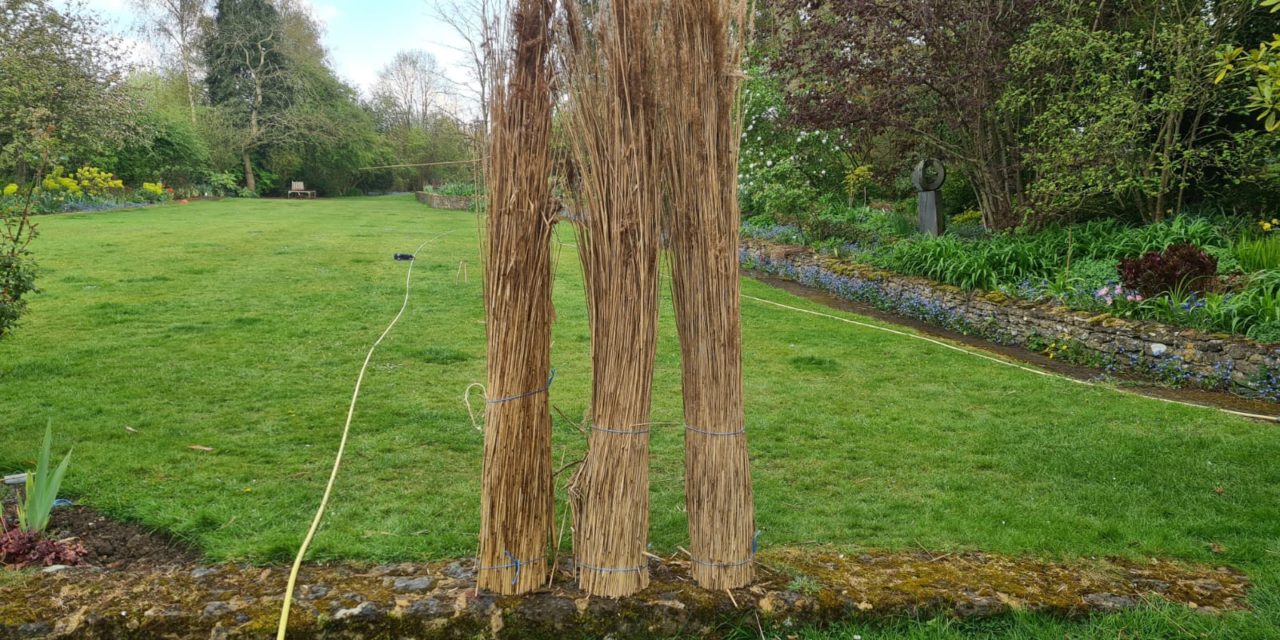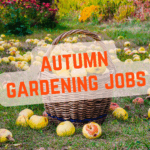We’re lucky enough to live in an area with its fair share of listed buildings, many of which have beautiful thatched roofs. But did you know that the traditional craft of Thatching is facing a terrible crisis? Chris Fellows, owner of Thame Thatch and member of The Guild of Master Craftsmen, shared with us the trouble his craft has been facing – a shortage of straw!
—-

Hi, my name is Chris and I’m the owner of Thame Thatch. Based in Thame, we cover a 30-mile radius in all directions and there’s plenty of thatched properties around to keep us all busy. But Thatchers like myself are now facing an increasingly difficult situation – a lack of materials! Based on the many properties I’ve worked on and see, I estimate that 80 to 90% of thatched roofs in Thame and the surrounding area are thatched in Combe Wheat Reed/Long straw, with the remaining 10 to 20% being water reed. All of these materials have been increasingly hard to get hold of.
We’re now facing increased difficulties in obtaining materials to thatch with. A straw shortage is now becoming an almost annual challenge, something that used to only happen every 8-12 years.
Wheat reed shortages
All of the Wheat Reed we work with is typically grown in the UK with a large percentage of it coming up from the west country. But sadly it’s becoming harder and harder for reed suppliers to produce a steady supply of material for thatching, often due to weather. Last year we had an extremely wet winter followed by a very dry spring. Unfortunately, this has caused a pretty dismal harvest and is having a big impact on the thatching trade. Most of the Wheat Reed was far too short to even harvest and the reed which was cut is of a very poor standard and a good 40% shorter than it needs to be.
Reed suppliers are trying to do their best to support the trade – but without materials, it’s a tough situation to be in. All we’re able to do is to pull forward any Water Reed jobs that we have on the books to compensate for the lack of Wheat Reed, in the hope that the new harvest (which will be late August/September) will be a better crop than last year. Even when there is a harvest, we sometimes don’t have enough skill within the UK to process the material ready for use – many of the workers who help process the harvest come over from Europe (something that wasn’t possible with all of the recent travel restrictions).

Water reed import challenges
Whilst we have plenty of Water Reed beds in Norfolk (Norfolk reed) it very rarely makes it out of Norfolk. Most of the water reed roofs in our area are thatched in continental reed, usually imported from Turkey, Hungary or China. This is because the UK doesn’t have enough natural reed beds to maintain all of the thatched buildings we have in the UK.
The coronavirus pandemic, Brexit and a huge boat blocking the Suez Canal has made this flow of materials nearly impossible!
What does this mean to people who own or are looking to buy a thatched property?
Owning a thatched property is a real privilege, they are part of our national heritage and many of the building help to tell a tale (not to mention that they’re stunningly beautiful). The main impact on property owners is the lead time for getting a decent thatcher in. We usually have a year or two on the books but that seems to be increasing. If you want your roof thatched by a reputable thatcher who uses quality material then you may just need to book that work well in advance.
What does the future hold for the traditional craft of thatching?
I’m often asked “do you work all year round?” the answer has always been yes. Although for how much longer is anyone’s guess. If the material shortage continues to worsen then current thatchers will be impacted and there’s a risk that future thatchers may be put off from joining the traditional trade.
We need more people to consider thatching material as a viable crop. There is a huge demand for these materials as the number of thatched buildings is increasing, not decreasing. There’s good money to be made from growing thatching material but it’s fast been overshadowed by other crops. Is that because there aren’t the skills to grow or process it? I’m not sure. We have that machines in the country to process the material but we certainly need more people to grow it in the first place. If anyone is interested in growing thatching material then I’m happy to try and connect them with other growers, thatchers or whoever they want to speak with.
Thanks for taking the time to read this article.
Chris Fellows, Thame Thatch.











